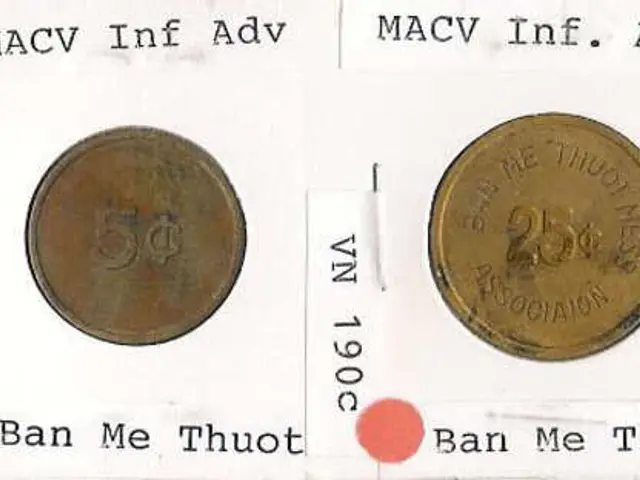IRS Facilitates Simple Online Prolongment for Taxpayers as Deadline Approaches
The Internal Revenue Service (IRS) understands that paying taxes can be a challenge for some taxpayers. To help, the IRS offers various options for those who cannot pay the full amount owed.
One option is securing a loan or using a credit card. Another is setting up a payment plan through the IRS's online platform, IRS.gov. This service allows taxpayers to create a customised payment schedule that suits their financial situation.
For taxpayers residing in disaster areas, the IRS provides additional assistance. They should visit the IRS website or consult the latest guidance and publications for more details on managing their tax payments and obtaining extensions. In some cases, the IRS can extend filing deadlines for affected taxpayers without the need for an application, especially when the President declares a disaster area.
Military personnel serving outside the U.S. and in combat zones receive automatic extensions for filing their tax returns. U.S. citizens and resident aliens living outside the U.S. and Puerto Rico have until June 15 to file their tax returns, while taxes are still due on April 15.
Taxpayers who owe money should try to pay as much as they can by the original April 15 deadline to minimize penalties and interest. It's important to note that the late-filing penalty is typically 5% per month of the unpaid taxes and can reach up to 25%. On the other hand, the penalty for late payment is much lower, at 0.5% per month, capping at 25%.
The IRS offers an extension to file tax returns through the IRS Free File service on IRS.gov. This extension provides an additional six months, extending the deadline to October 15. However, it's crucial to remember that the deadline to pay any taxes owed remains April 15.
Besides using IRS Free File, taxpayers can also obtain an extension by making a payment through IRS Direct Pay, the Electronic Federal Tax Payment System, or using a credit card or digital wallet. Taxpayers can request an extension by submitting Form 4868, Application for Automatic Extension of Time To File U.S. Individual Income Tax Return.
It's essential to remember that an extension to file does not mean an extension to pay. Interest and penalties will continue to accrue on any unpaid taxes until they are paid in full.
The current interest rate on unpaid taxes is 7% per year, compounded daily. This rate can add up quickly, so it's best to pay as much as possible by the original deadline.
In conclusion, the IRS offers several options for taxpayers who cannot pay the full amount owed. By understanding these options and taking advantage of them, taxpayers can manage their tax obligations more effectively. For more detailed information, taxpayers should visit the IRS website or consult a tax professional.
Read also:
- Peptide YY (PYY): Exploring its Role in Appetite Suppression, Intestinal Health, and Cognitive Links
- Toddler Health: Rotavirus Signs, Origins, and Potential Complications
- Digestive issues and heart discomfort: Root causes and associated health conditions
- House Infernos: Deadly Hazards Surpassing the Flames








